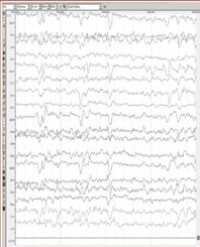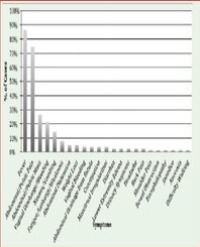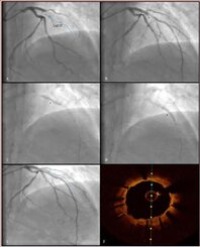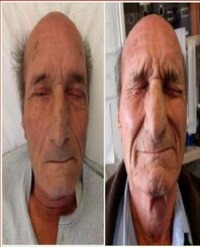
Atypical Course of an Apocrine Sweat Gland Carcinoma: A very Rare Malignant Tumor and his Interdisciplinary Treatment
We report on an atypical clinical course of a patient with the very rare diagnosis of an apocrine sweat gland carcinoma with a lymphatic metastasis, metachronous distant metastasis and a now reached survival time of more than four years and give a review about the current literature. There are only a very small number of cases described. The recommendations for diagnostics and treatment of this tumor therefore are not based on prospective randomized studies but upon case reports and on new immunohistochemical and genetic markers
Wauer U¹, Sellei R², Zoga E³, Braun S⁴, and Lorenz D¹*




